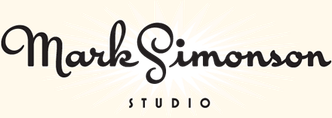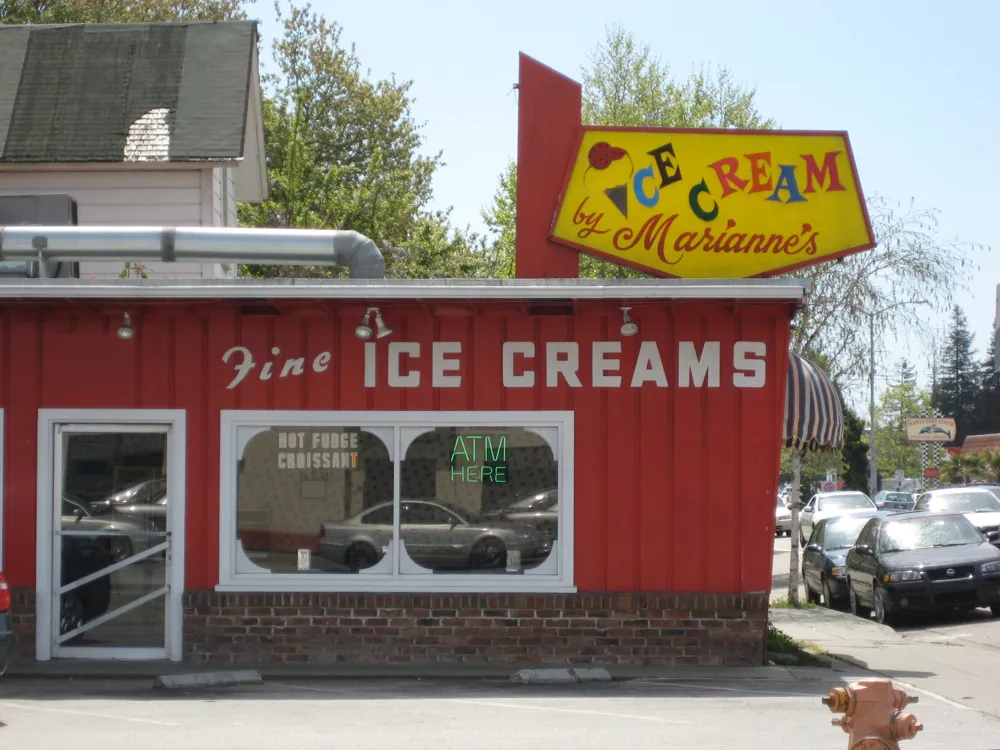Mark’s Notebook - Page 14
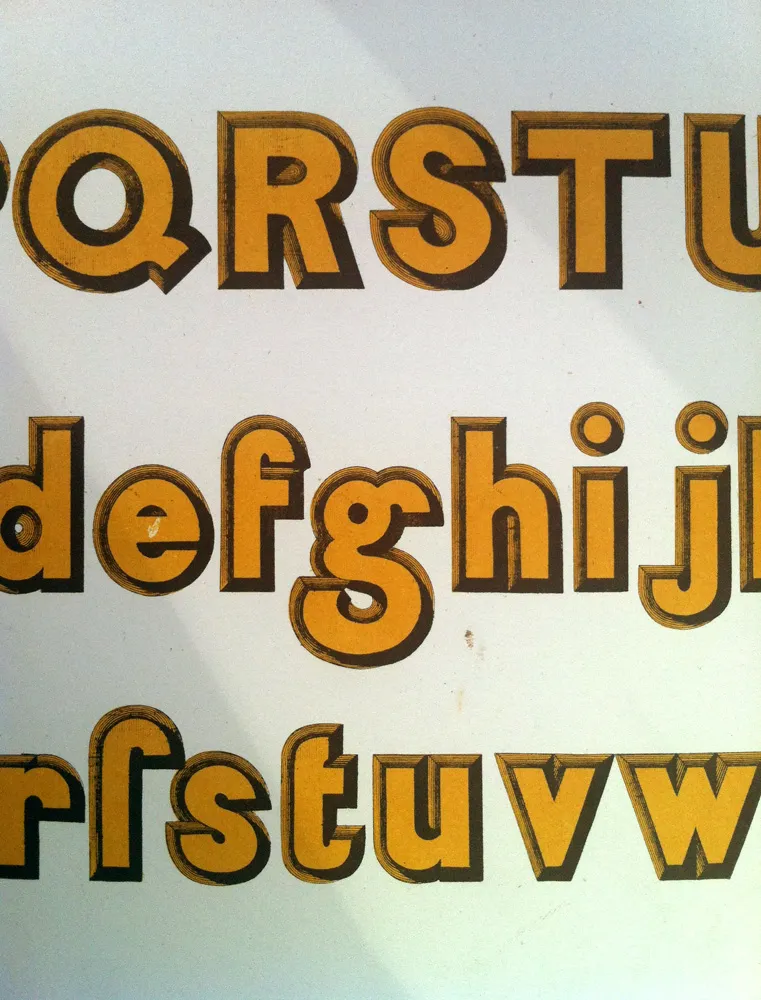
Saw this at Mystic Blue Signs in New Orleans last summer during TypeCon. It was in a big old French book about lettering and engraving. I wish I’d written down some information about it. I think it was from around 1880. Heard from someone that it is from 1859.
The alphabet on this particular page was very unexpected. It looks almost like Avant Garde in some ways. And dig that crazy “g”! Way ahead of its time.
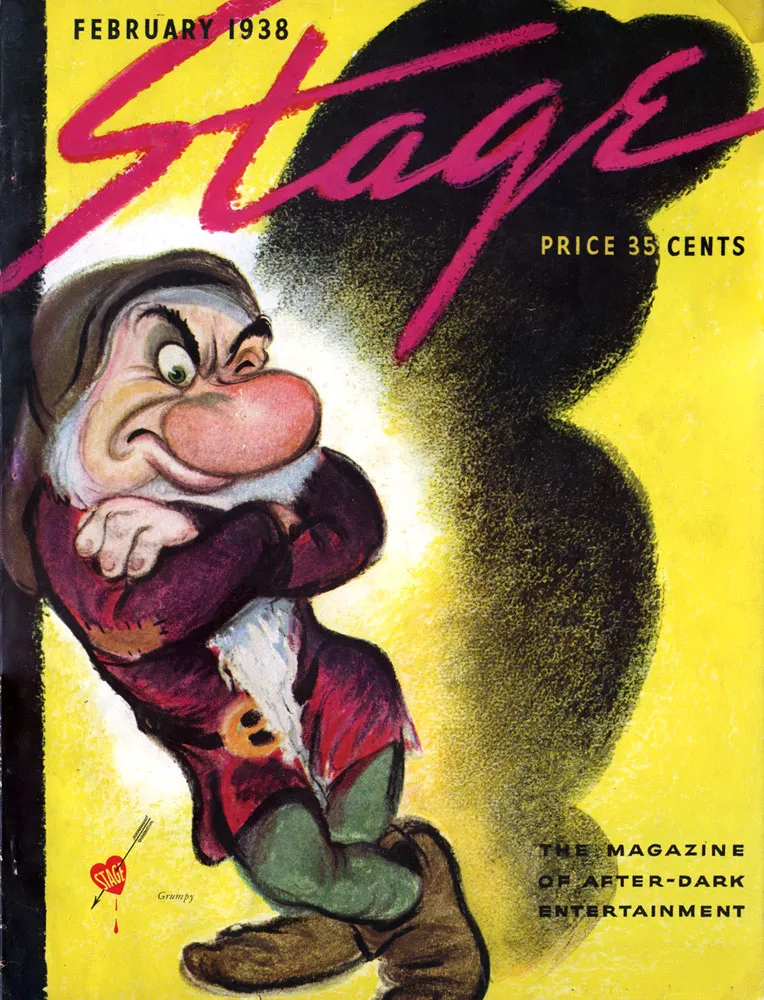
I picked this up in a used book store in Omaha, Nebraska, last year. Most people who might collect a magazine like this would be interested in the content—photos and articles about Broadway of the 1930s. I find that interesting, too. But the reason I decided to buy it was because of the design and lettering it contained.
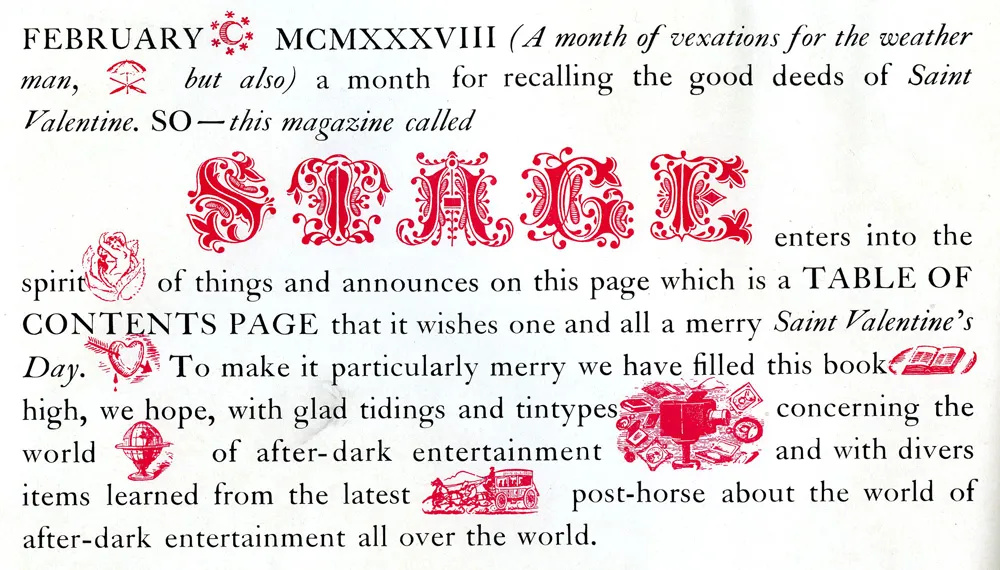
The contents page lists a guy named Nelson Gruppo as art director. I’ve never heard of him, but he certainly had style. The typographic treatment above graces the contents page. (That copy is pretty ridiculous, though.)
Elsewhere in the magazine, lettering artists did many of the feature titles:
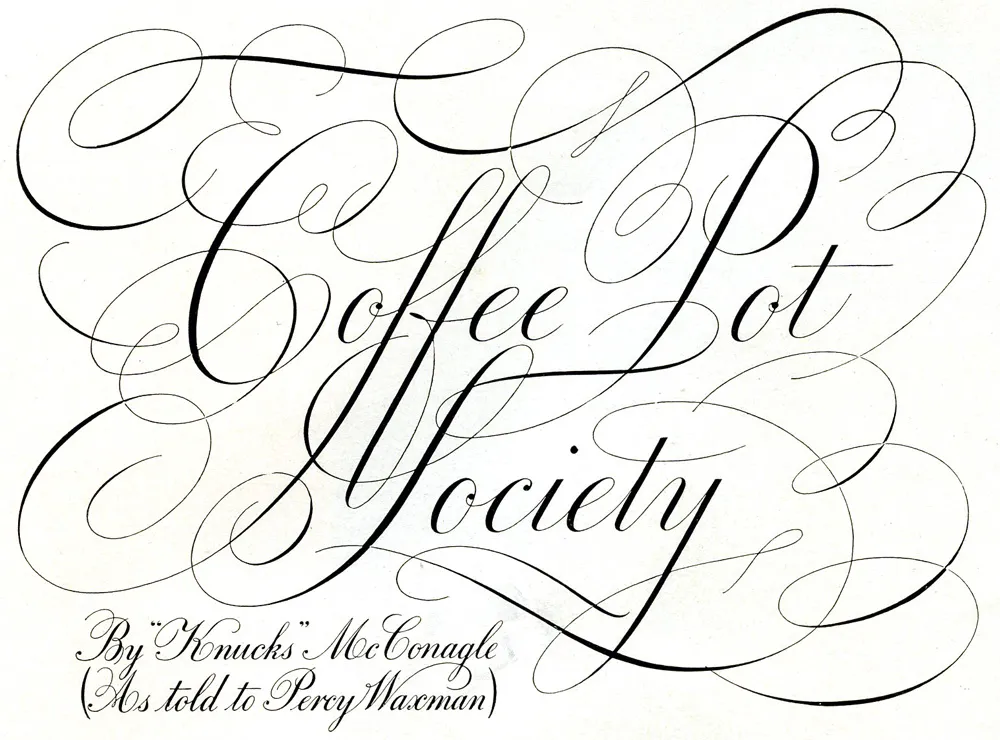
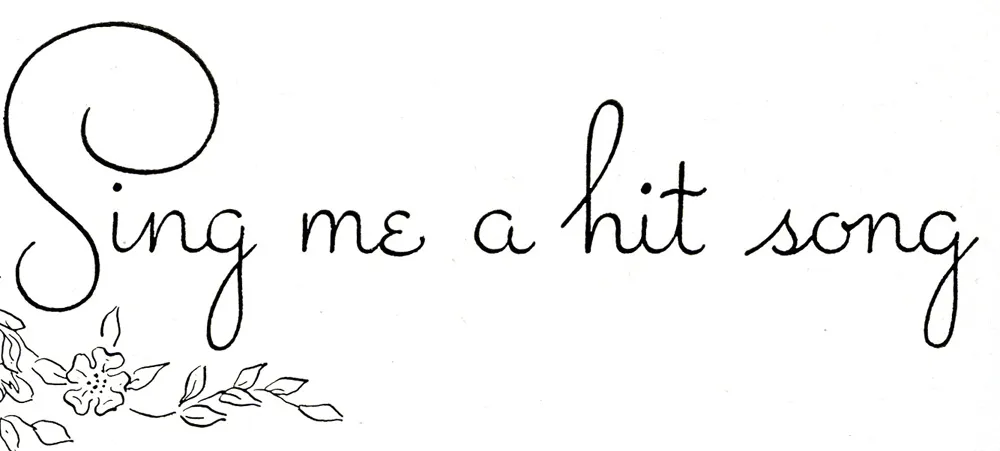
Even more lettering gems are found in the advertisements:
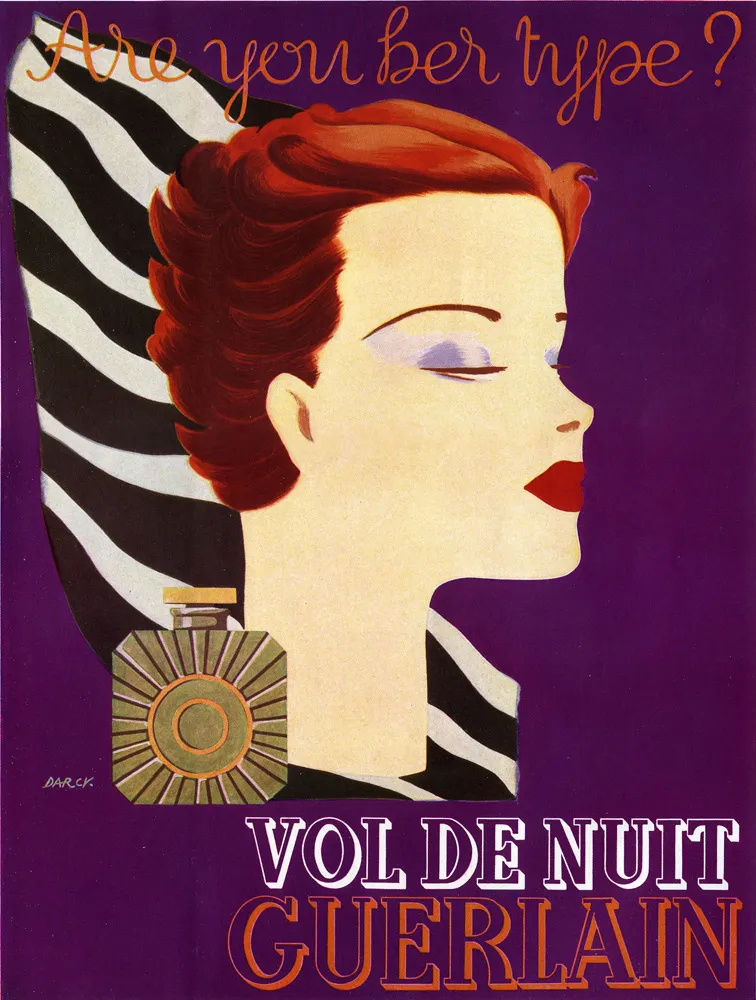
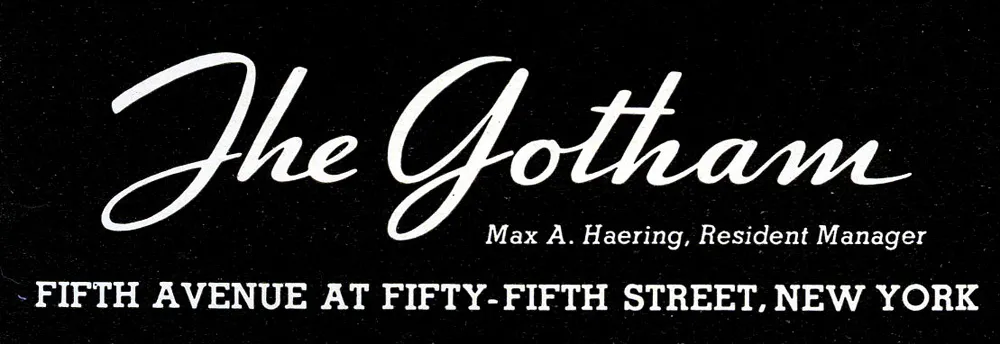
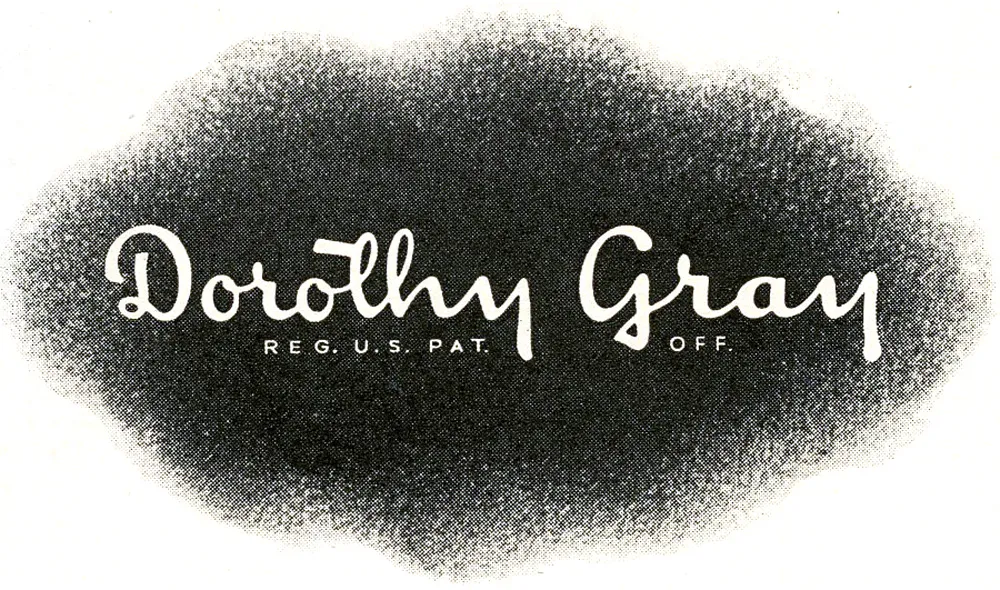
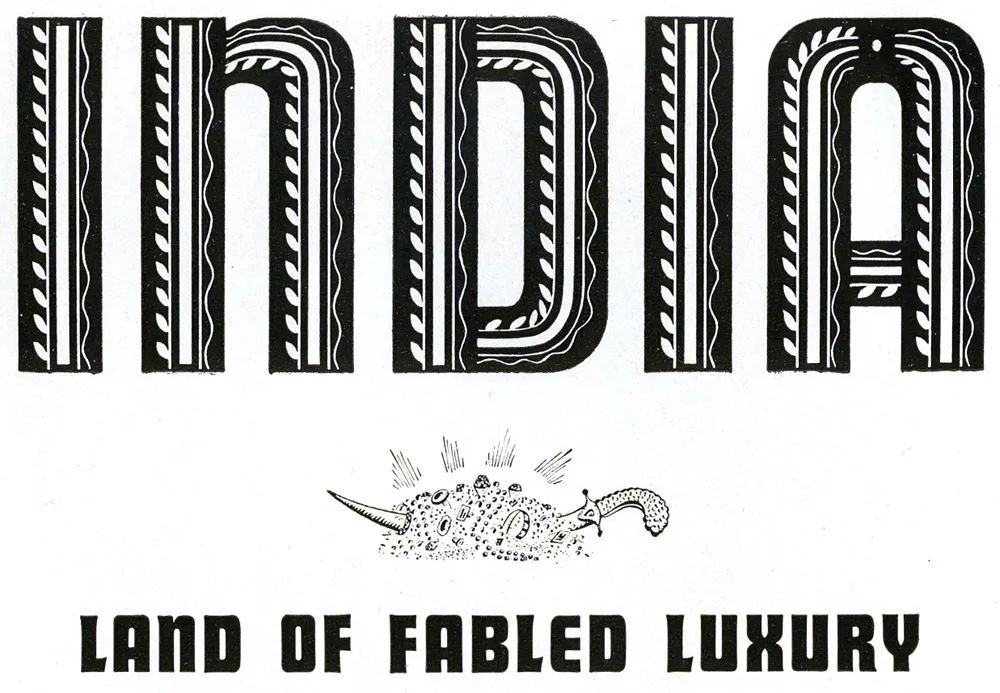
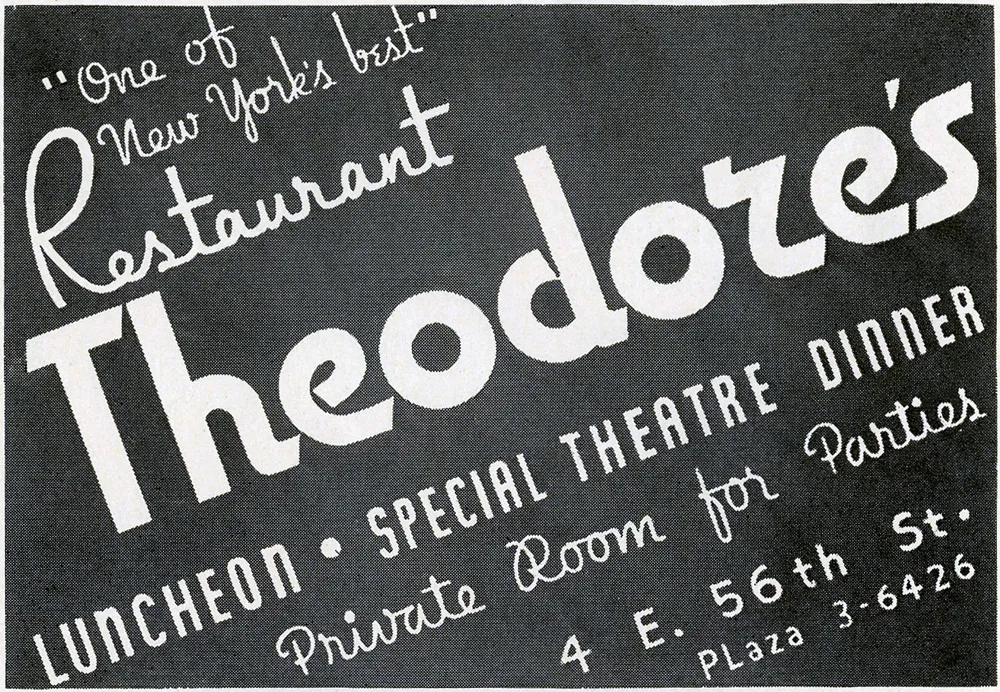


I’d like to think it must have been fun to be a lettering artist back then. It sure looks like fun, anyway. Unfortunately, there are no credits for the lettering. I wouldn’t be surprised if the great Tommy Thompson did some of these.
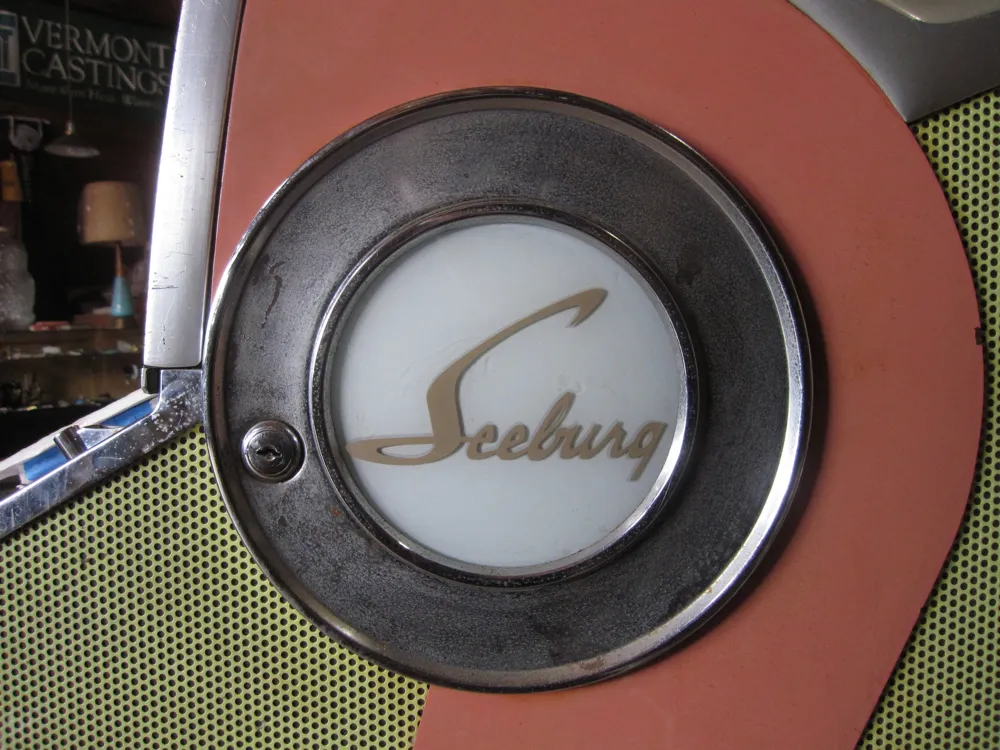
Seen in an antique store near Burlington, Vermont, on July 13, 2011.
On one of the many times I have visited the Hamilton Wood Type & Printing Museum, I got a peek at the hundreds of “cuts” they had stored in the back. These are large wood and linoleum plates made mainly for posters. Most of them came from Globe Printing in Chicago. I think they had arrived fairly recently when I saw them.
One in particular caught my eye. I recall that it was about two or three feet wide. On one side was this design, obviously intended for use on political posters:
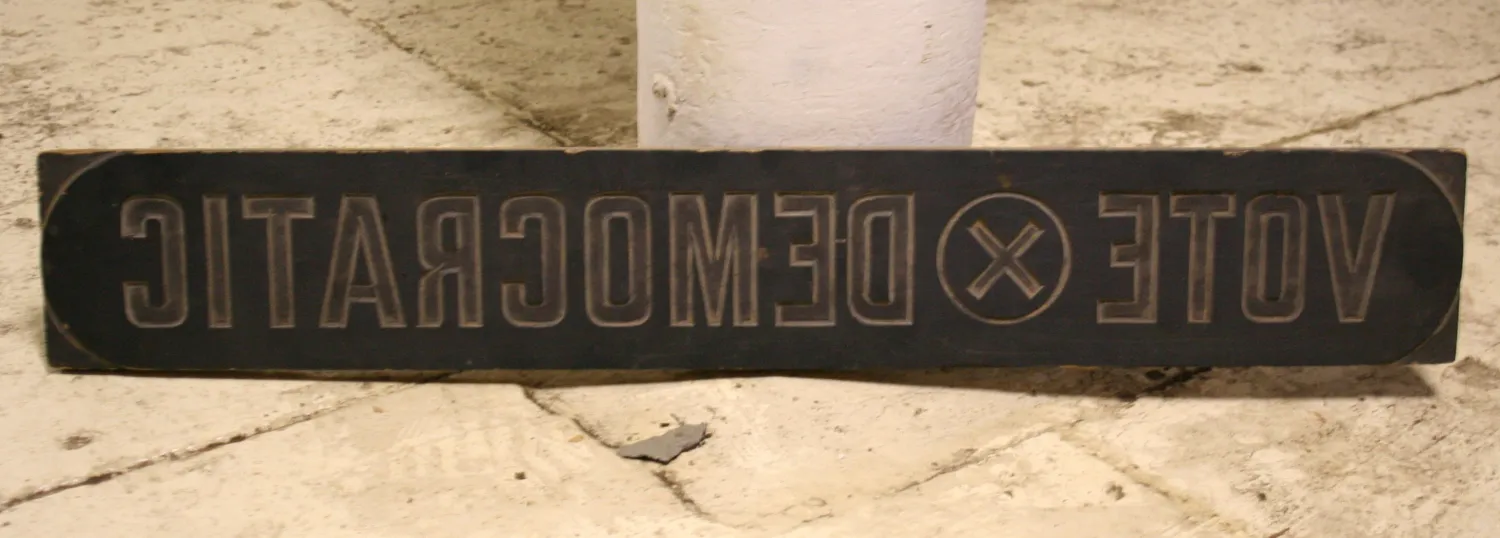
But on the reverse side was this amazing piece of craftsmanship and ingenuity:
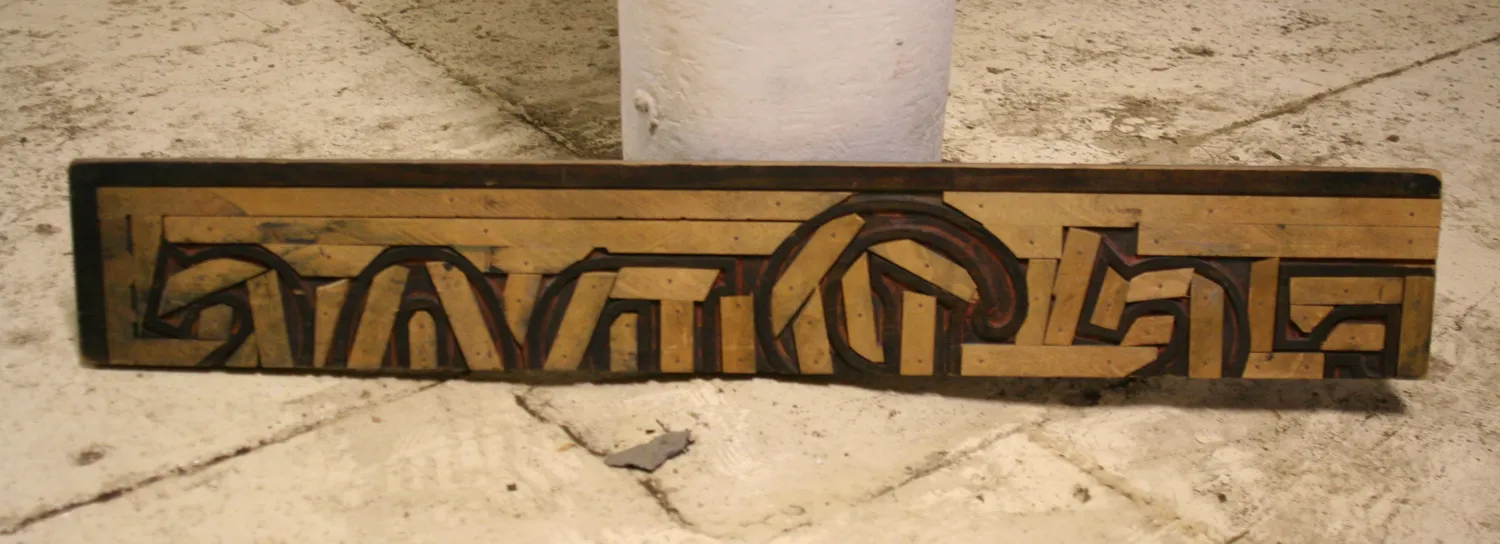
Apparently, cuts were reused when they were no longer needed. In this case, a larger plate was cut down. Not only that, but the open areas were filled in, mosaic fashion, to ensure an even impression for the new cut on the other side. To my eye, the discarded design was the more interesting one. It looks like it read “…ES BROS.” I really like the design of the “B”:
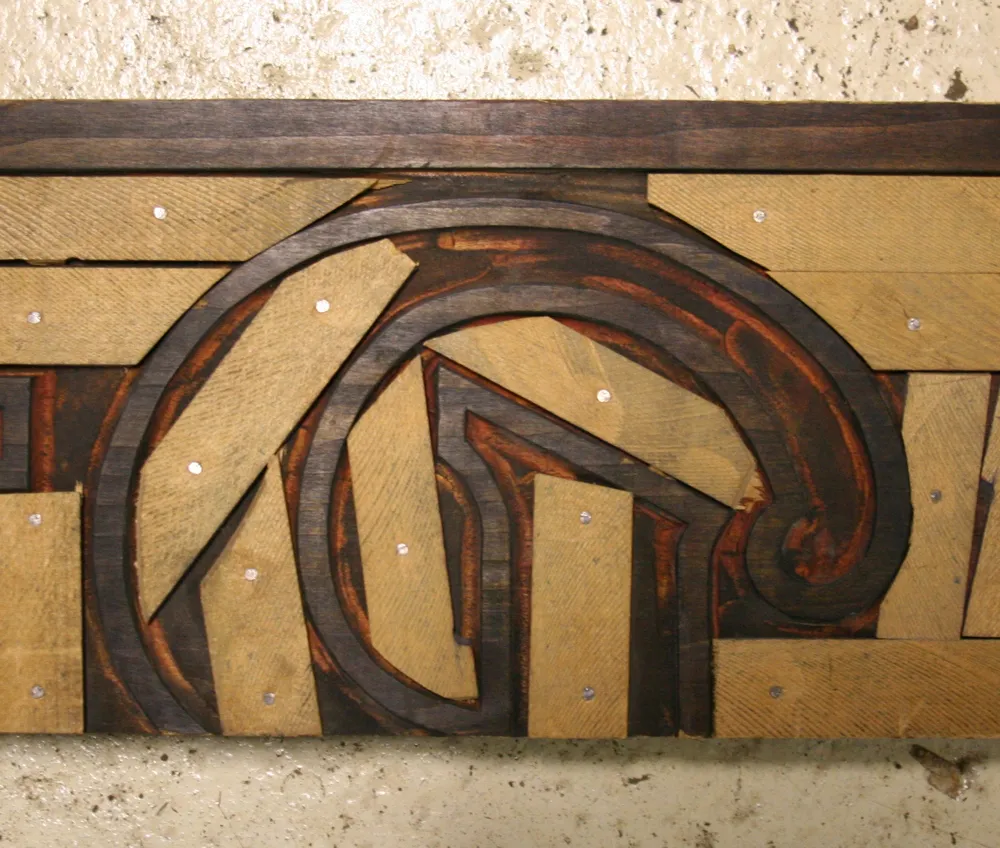
(Photos taken in Two Rivers, Wisconsin, on March 30, 2009.)
